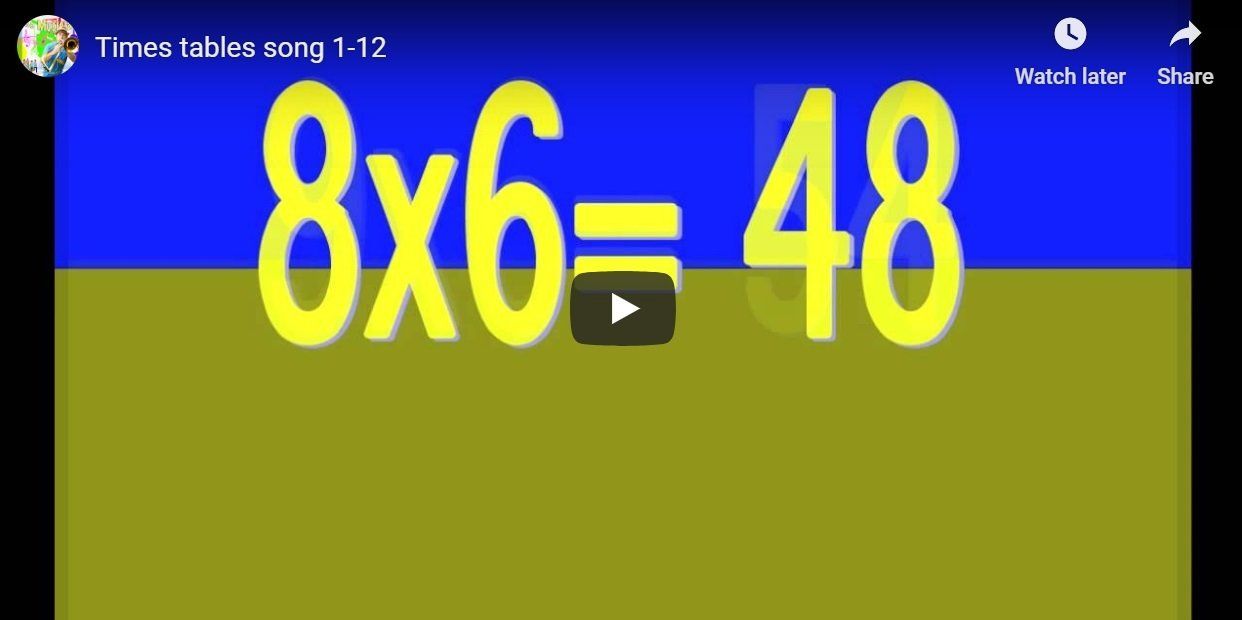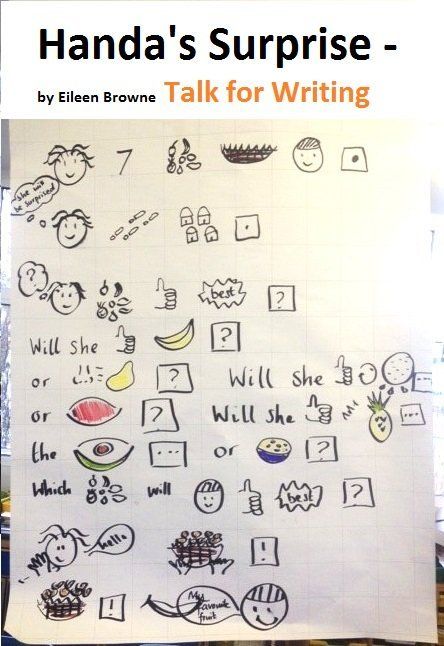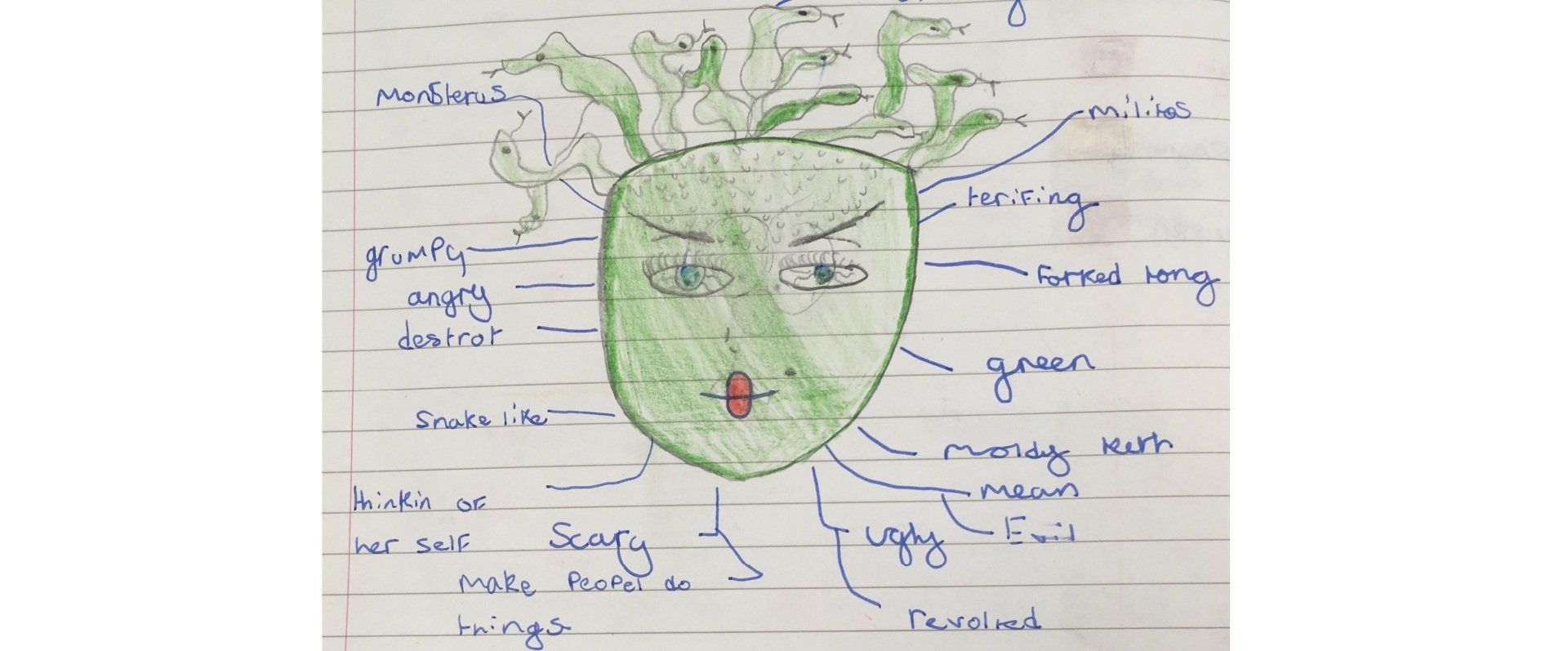A description of a class group exhibiting GD, ASD, VI, LCA, RTT and JS
- by James Lewis
- •
- 20 Nov, 2017
Global delay (GD), Autism (ASD), Visual Impairment (VI), Leber's Congenital Amaurosis, Retts' Syndrome (RTT) and Joubert Syndrome (JS)

My previous PMLD class in an SLD school describes this cohort of children with the above diagnoses. Jackson (2002 cited in Plimley and Bowen (2006) describes that class groups that have a narrow range of differences between the children allow for easier teaching through the capacity of the teacher to focus more on smaller levels of differentiation between pupil learning targets; Blatchford (2003) recognises the appropriateness for small classes with high staff ratios in a special needs environment; my class falls into both of these categories. There are seven children, three teaching assistants and myself as the teacher. The class comprises of two boys and five girls; they have a variety of different conditions however their educational needs and cognitive development are all very similar. Five of the children in my class have a diagnosis of GD (Global Delay). I reluctantly use the term GD McDonald (2006) as it is not a diagnosis in itself; it simply describes a compilation of undiagnosed symptoms Shevell et al., (2001) indicative of autistic traits; although masked by combinations of various conditions leading to an increased developmental difficulty in comparison to a neuro-typical child Williams et al (2010). One child additionally has a diagnosis of ASD with the associated triad of impairments Jackson 2005, he also is VI (visually impaired), caused by LCA (Leber’s Congenital Amaurosis). LCA is caused by a chromosome 17p13 abnormality of the LCA1 gene Perrault et al (1999). LCA affects 1:3000 children, loss of vision results from the cone photoreceptors dying, as these provide colour and daylight vision Pawlyk et al (2010).
“Regression with deceleration of head growth and loss of speech and acquired motor skills, in particular purposeful hand use.”
Moog et al (2003) p5.
The second VI child has no sight and JS (Joubert Syndrome) along with developmental delay, hypotonia and ataxia. JS described by Cevik et al (2010) is a condition leading to abnormalities in regards to brain structure and kidney development on a genetic level leading to GD. The deletion or mutation Ahi1 gene enables eye photoreceptor formation and development, its deletion or mutation in JS causes retinal degeneration and ultimately blindness Westfall et al (2010). One child in the group has LGS (Lennox-Gastaut Syndrome) spectrum epilepsy and myoclonic epilepsy. LGS is characterized by multiple seizure types and a poor prognosis for seizure control and cognitive development; it occurs in 3% of children with epilepsy Michoulas & Farrell (2010). Three children can walk short distances but are unsteady on their feet and need support the remaining four are unable to support themselves and require an extensive diet of physiotherapy including the use of wheel chairs, standing frames and stretching manipulation Palmer et al (1988), some of whom have a diagnosis of CP (Cerebral Palsy). In childhood, CP is the most common cause of physical disability Stark et al (2010). Frost (1987) describes in his study the benefit of increasing or at least maintaining bone density and muscle mass through extensive physiotherapy techniques, some, as a school we adopt with CP children and others whom benefit from this approach. Stark et al (2010) describe that the most common physiotherapy approaches related to CP include Bobath/NDT and Conductive Education, however:
“There is a lack of evidence supporting effective strategies for musculoskeletal activation in CP children.”
Stark et al (2010) p151.
Sutherland & Crewther (2010) describe visually impaired (VI) children with autism as being generally less able to process the visual stimulation that they actually receive, as well as the vision itself being impaired. This is interesting in my class as two children have no vision, one with ASD one also with GD. There are three other children within the group who have vision. Each of whom have either GD, ASD or RTT but technically could be described as VI as they at times are unable to connect with that sense Belmonte & Yurgelun-Todd (2003); although mechanically their sight appears to function. Fujita et al (2010) finds that functioning sight in ASD individuals can process fine detail, but also creates a form of VI which reduces performance in processing global structure and motion information. This does not come as a surprise as not understanding the gestalt is a typical trait of ASD Bogdashina (2007). Objects of reference and sensory stimulus items Taylor & Preece (2010) used within my lessons are accessible for the children with VI as well as the ASD and RTT children. This is because I believe that they are all functioning around the same cognitive level of consciousness and learning. I have found elements that interest one group of children in addition have met the needs of others with seemingly different medical conditions. In this light it is reassuring that the teaching of children with these conditions with similar compatible techniques is appropriate as cognitive development between the children in my class appears comparable. All the lessons reflect learning relating to tangible artifacts rather than intangible concepts Hagopian et al (2001). This is to encourage and maintain the concentration of children functioning at a low level. Much of the learning is about choosing between interacting with one or two items or concepts at any one time, as advocated by Leaf et al (2010).










